
How did the numerically inferior force manage to repel an armor-and-artillery-supported mechanized assault? On October 20, 2025, Ukrainian defenders of the Zaporizhzhia region stopped a big Russian push aimed at the strategically important village of Mala Tokmachka, a battle that underlines the evolving tactics on both sides of the frontline. The fighting was not an isolated skirmish but part of the wider contest for control of southern Ukraine, to which Russia has shifted significant forces and stepped up offensive operations.
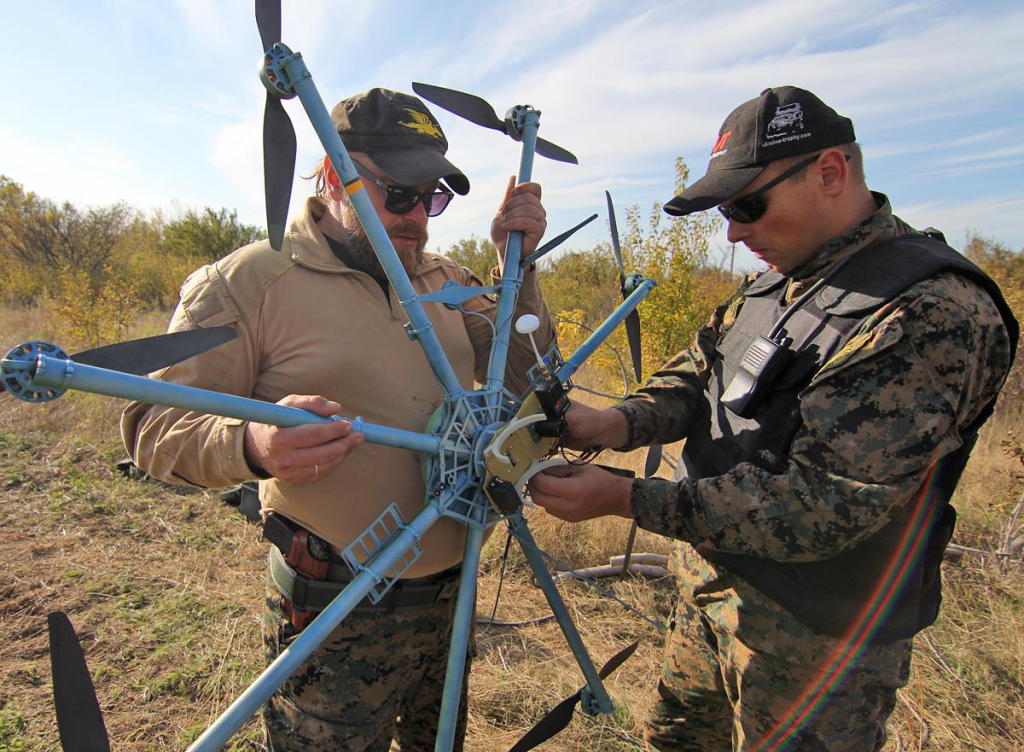
This clash unfolded against a backdrop of shifting battlefield dynamics: Moscow’s reliance on mechanized waves in poor weather to offset Ukrainian drone capabilities and Kyiv’s integration of layered defenses through a combination of engineering obstacles, precision fires, and rapid counterattacks. The following breakdown examines the most decisive elements that shaped the outcome, drawing on confirmed battlefield reports and operational assessments.
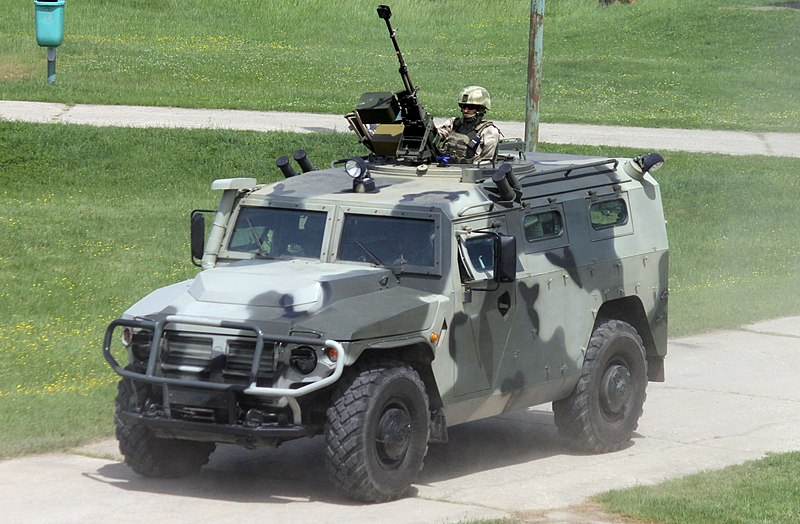
1. Multi-Wave Russian Mechanized Assault
According to Ukraine’s 17th Army Corps, Russian forces have attacked Mala Tokmachka in multiple waves of five to eight vehicles, advancing from Verbove and Novoprokopivka. The assault has been made up of elements of the 71st Motor Rifle Regiment supported by at least two motorized rifle companies and armor. More than twenty-six pieces of equipment have been sent into this attack, including tanks, IFVs, APCs, and Tigr-model armored vehicles. The scale reflected Russia’s attempt to break through Ukrainian positions with concentrated mechanized power, a tactic seen in other priority sectors like the Dobropillya tactical area. In the first hour of combat, however, the heavy losses the Russians took had already blunted momentum before subsequent waves could exploit any breaches.

2. Ukrainian Combined Arms Response
The 118th Separate Mechanized Brigade integrated artillery, drones, and a T-72 tank in its defensive fires. Video released by the brigade showed precision strikes on advancing armor, coordinated with real-time drone reconnaissance. This layered response mirrored Ukraine’s broader adaptation to Russian mechanized pushes, fusing kinetic fires with unmanned systems to maximize attrition. Such combined arms employment has become critical in countering Russia’s increased use of mechanized assaults during rainy and foggy conditions that degrade Ukrainian drone effectiveness. Synchronizing the fires across platforms, the Ukrainian units denied the Russian forces the ability to mass and maneuver effectively.
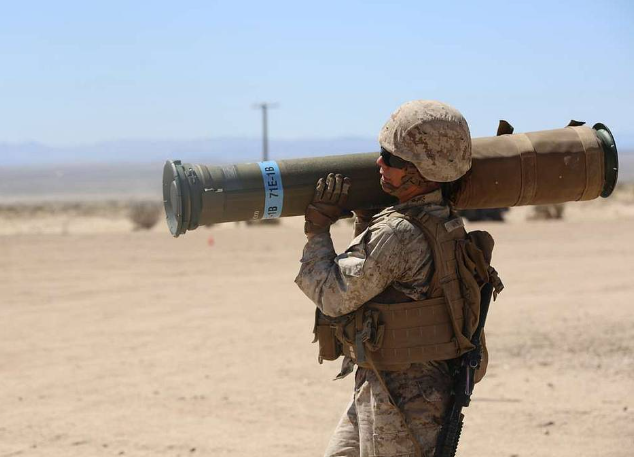
3. Engineering Obstacles and Prepositioned Mines
Pre-laid minefields and physical barriers proved decisive. Footage confirmed that Russian vehicles were destroyed by mines well before they reached Ukrainian lines. Obstacles slowed the assault, channeling vehicles into kill zones covered by antiarmor fires. In open terrain, where concealment may be limited, engineering defenses have formed a cornerstone of Ukraine’s southern front strategy. During the engagement near Mala Tokmachka, for instance, they caused not only direct losses but also disrupted the pace of Russian advances, forcing a retreat of surviving vehicles toward Verbove.
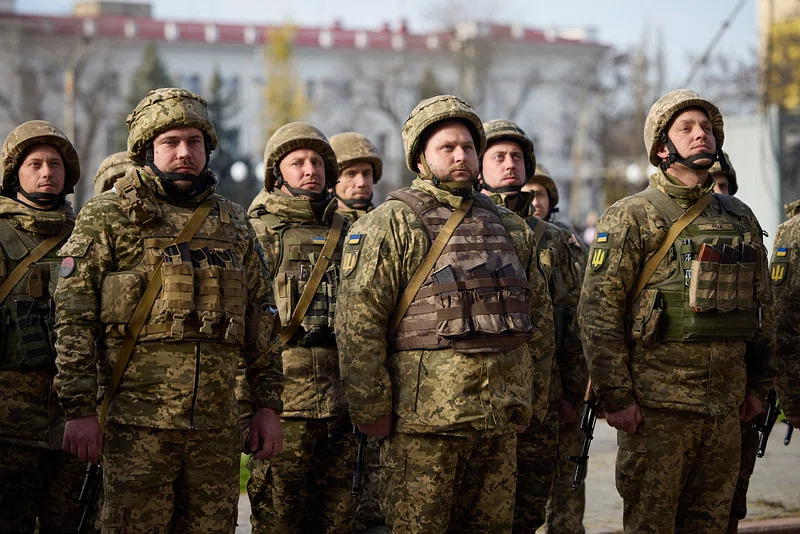
4. Exploiting Weather Limitations
On October 20, Russian milbloggers acknowledged using rain and low visibility to hinder Ukrainian drone operations. This follows the broader pattern that Russian forces have demonstrated in other sectors, including the timing of advances to coincide with weather conditions that hinder aerial reconnaissance. Despite these, Ukrainian defenders offset such handicaps through increased reliance on fixed-position sensors, pre-registered artillery fires, and armored counterattacks. The ability to maintain situational awareness in degraded ISR environments proved vital for maintaining defensive integrity.

5. Russian Redeployment to Southern Front
The attack followed confirmation from Commander-in-Chief Oleksandr Syrskyi that Russia had moved forces from Sumy Oblast to Zaporizhzhia in an effort to take advantage of Russia’s threefold advantage in manpower and equipment along some parts of the southern front line. However, previous major offensives in Zaporizhzhia had stalled, and the failure of the push at Mala Tokmachka could indicate that numerical superiority alone does not ensure breakthroughs against entrenched, well-coordinated defenses.
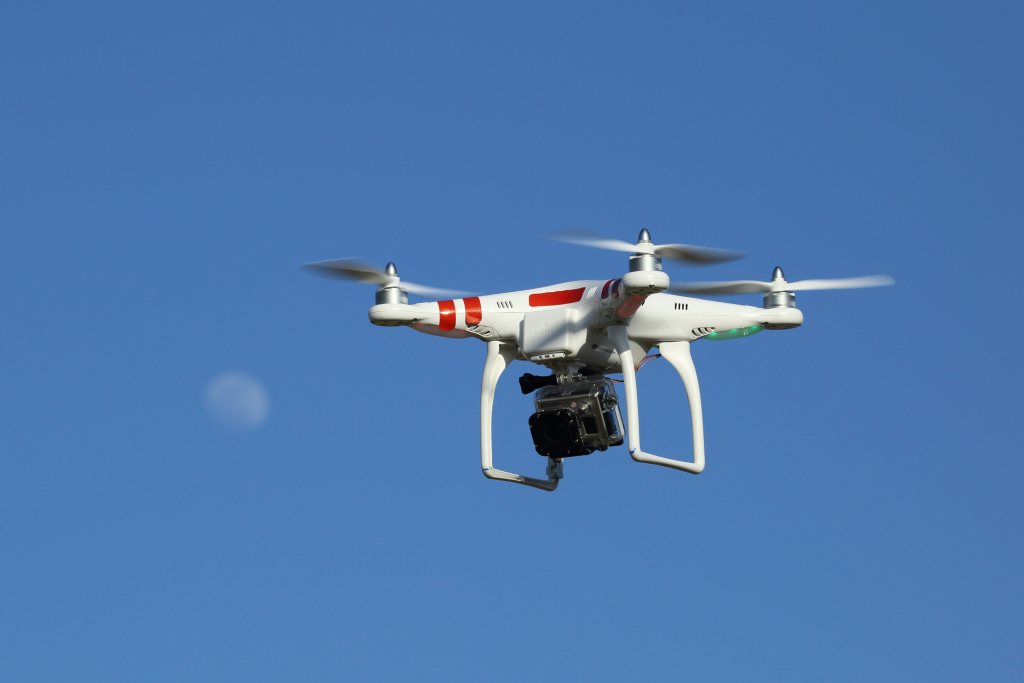
6. Attrition of Russian Armor
In the first hour of combat, Ukrainian fire destroyed or damaged two tanks, twelve infantry fighting vehicles, six APCs, and two Tigr armored vehicles. Many of these losses occurred before Russian units could dismount infantry to assault positions. This attrition reflects a fundamental vulnerability of armored columns advancing without adequate suppression of defending fires, and underscores the growing effectiveness of Ukrainian anti-armour tactics that integrate direct-fire systems with precision-guided munitions delivered by drones.
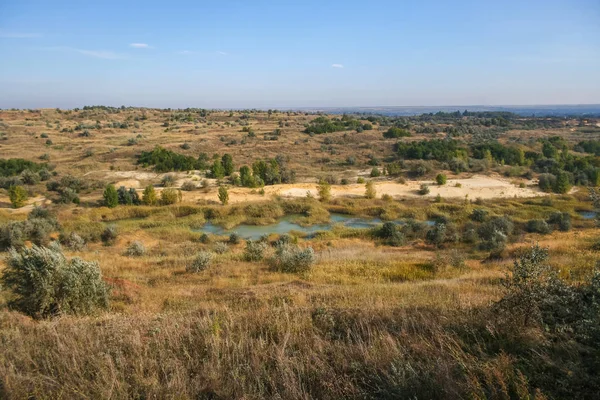
7. Strategic Control Maintained
The 118th Separate Mechanized Brigade said in the report that the situation was “under control” by October 21, and nothing had been lost. Personnel were continuously destroying enemy assets and reinforcing defenses so that the assault would not be exploited. This is the outcome of events at Mala Tokmachka that preserved Ukraine’s hold on a critical node in the southern defensive network. Mala Tokmachka’s retention denies Russia a potential staging ground for deeper operations toward Orikhiv and beyond, maintaining the integrity of Ukraine’s southern operational front.

This failure of the Russian assault on Mala Tokmachka is a pretty good example of how tactical innovation and entrenched defense interact: for Ukraine, success in integrating fires, obstacles, and rapid adaptation to environmental and operational pressures; for Russia, the engagement underlines the limitations of mechanized mass when confronted by a defense-in-depth approach. As both sides continue refining their methods, such battles will continue to shape the operational balance along the southern front.


